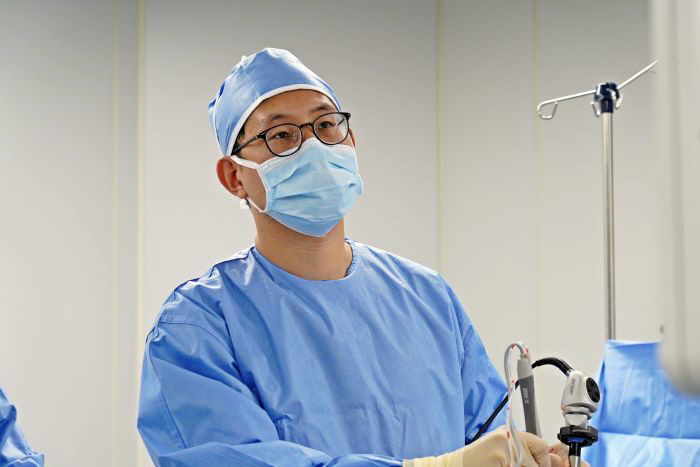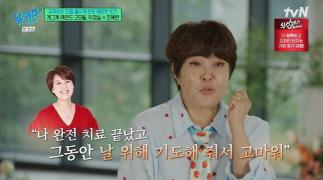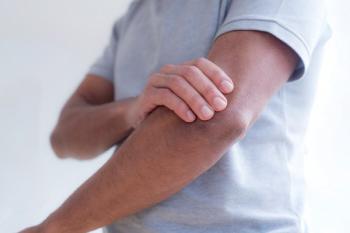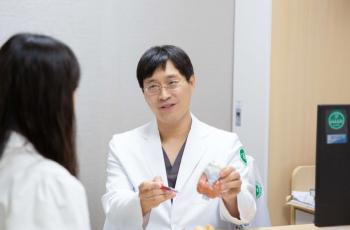My parents who suddenly got 3cm shorter, is it because of this?
Aug 28, 2025
|
In fact, a slight decrease in height after middle age is one of the natural changes caused by aging.
After the 50s, it is common to decrease by 0.1 to 0.3 cm every year, and on average, 1 to 3 cm within 10 years. This stems from various aging mechanisms, including water loss and degeneration of the disc, wear of the spinal joint, O-shaped deformation of the knee joint, and decreased muscle mass. However, if the height has decreased by more than 3cm in a short period of time, it is not just aging, but a warning signal that there is an abnormality in spinal and joint health.
In particular, most of the spinal compression fractures have a high incidence in the elderly with osteoporosis, and even without any trauma, they fall down like bones. If a typical fracture is in the form of a broken bone caused by strong trauma, a compression fracture of the spine is a fracture that crushes from the inside as the bone weakens.
Falls can occur in serious cases, as well as minor daily movements such as coughing, sneezing, lifting heavy objects, and climbing over bumps while driving. The lower the bone density, the greater the risk of fracture, and the intensity and incidence of pain also increase.
The problem is that compression fractures are easy to look like simple back pain. It is easy to overlook because the pain is not clear or appears and disappears briefly, but delayed diagnosis and treatment can lead to a series of fractures in which the vertebral joint continues to collapse. Then, when the structure of the spine collapses, body deformation occurs in which the waist bends or the height decreases, and in the case of the elderly, systemic functions such as decreased lung capacity and deteriorated balance senses fall, affecting the overall quality of life.
Then, how should we distinguish between 'normal aging' and 'disease signals'?
Cha Kyung-ho, director of Yonsei Star Hospital (neurosurgeon), replied, "In general, if you have lost more than 2 cm in a year, or more than 4 cm in height within 5 years, a thorough spinal examination is recommended."
In particular, if the following changes occur together, spinal compression fractures should be suspected. ▲When I look in the mirror, I feel my back is bent and my back is shorter ▲ My pants feel baggy than before ▲My back hurts more often than before or hurts when I bend. ▲When I turn around while sleeping, my back hurts momentarily, and when I suspect a spinal compression fracture, a quick and accurate diagnosis is important.
If a spinal compression fracture is suspected, the bone condition is basically checked through a spine X-ray and bone density test, and if necessary, a detailed imaging examination such as MRI or CT will evaluate the extent of the fracture and damage to surrounding tissues. In particular, in postmenopausal women, the prevalence of osteoporosis is very high, over 60%, so bone density testing is an essential diagnostic tool to check bone health, and regular follow-up and management are important.
If the fracture is in a relatively early stage, conservative treatments such as wearing assistive devices, osteoporosis medication, and pain control can sufficiently suppress progression. However, if the pain is severe or the functional degradation caused by the fracture is severe, surgical treatment to raise the collapsed vertebrae by injecting medical bone cement inside the vertebrae is considered, and osteoporosis treatment must be combined at the same time.
Director Cha Kyung-ho (neurosurgeon) said "If you have height loss or repeated back pain, you need to check your bone health, not just ageing. In particular, osteoporosis spinal compression fractures often have minimal initial symptoms, so it is most important to take preventive management through regular bone density tests and early diagnosis.
|
This article was translated by Naver AI translator.















